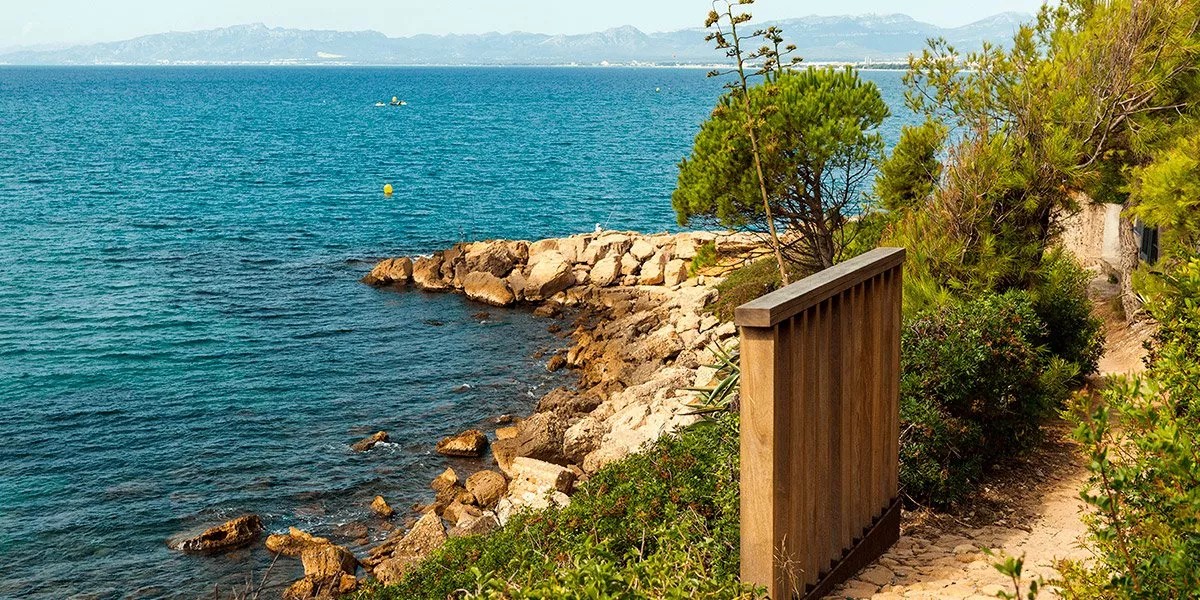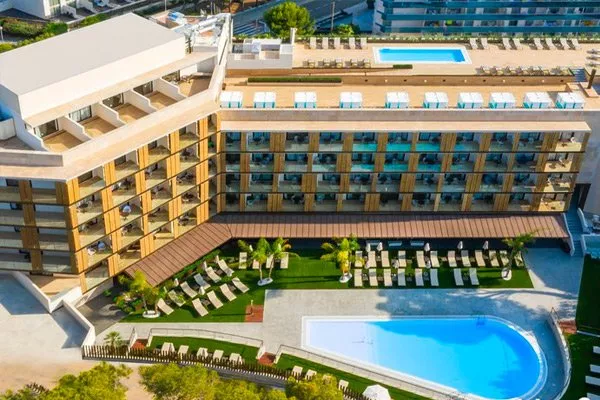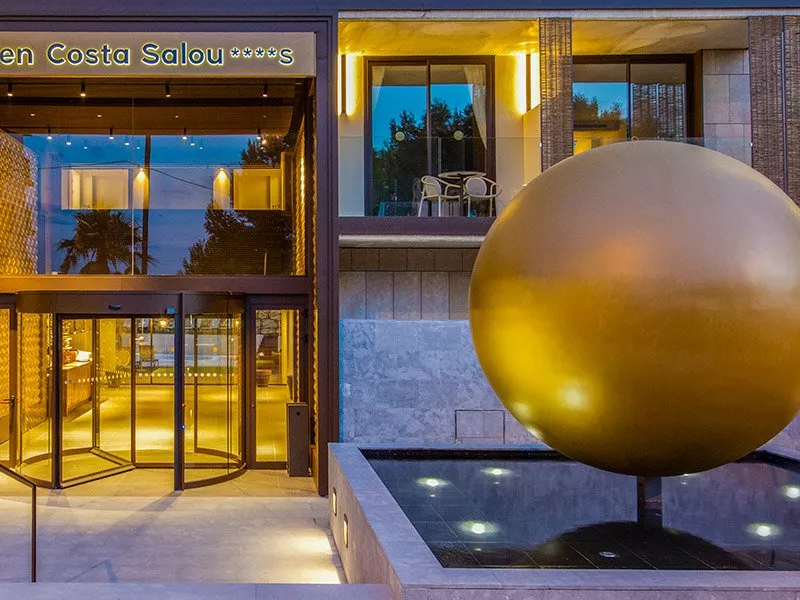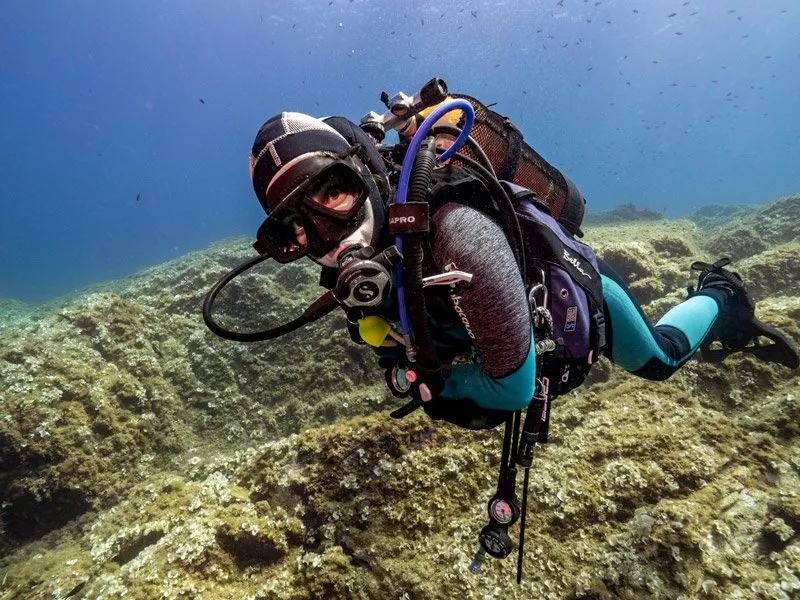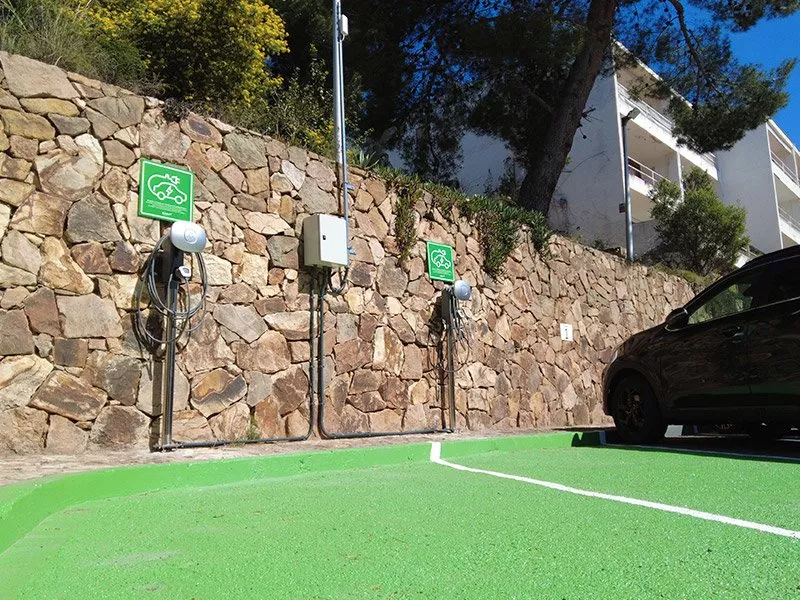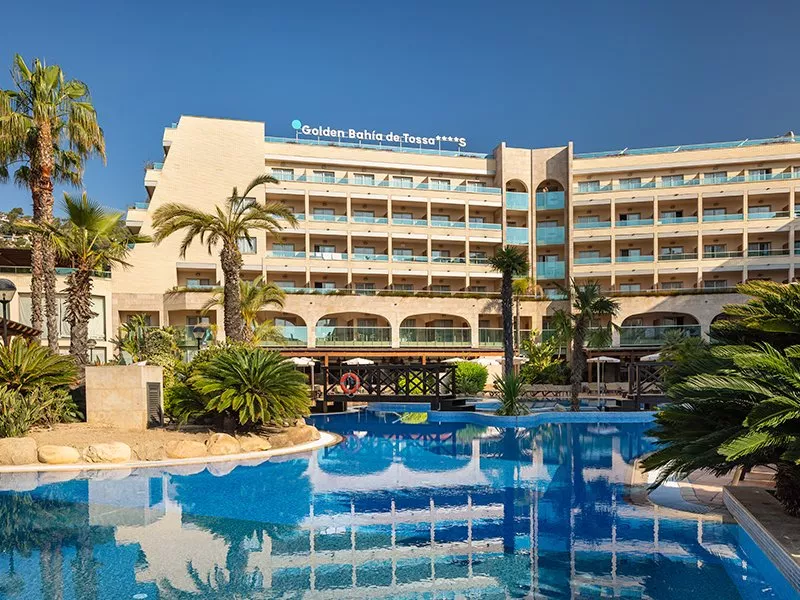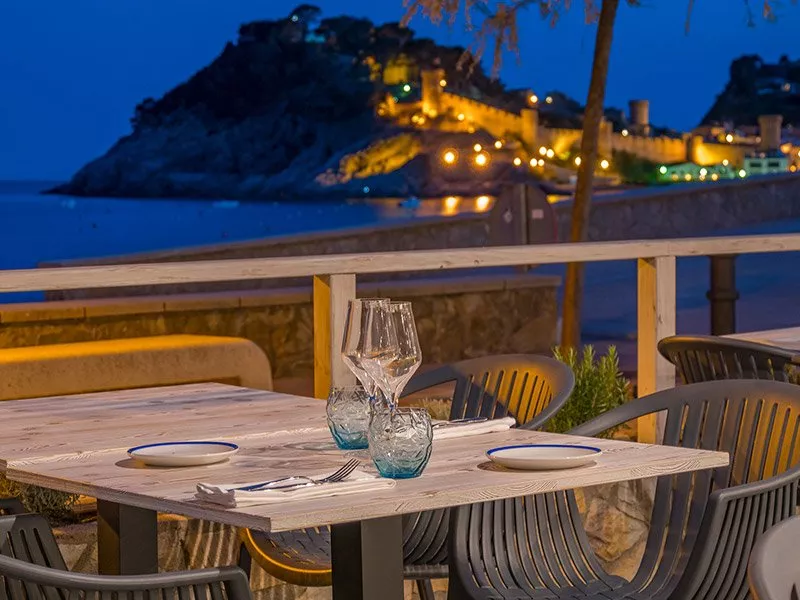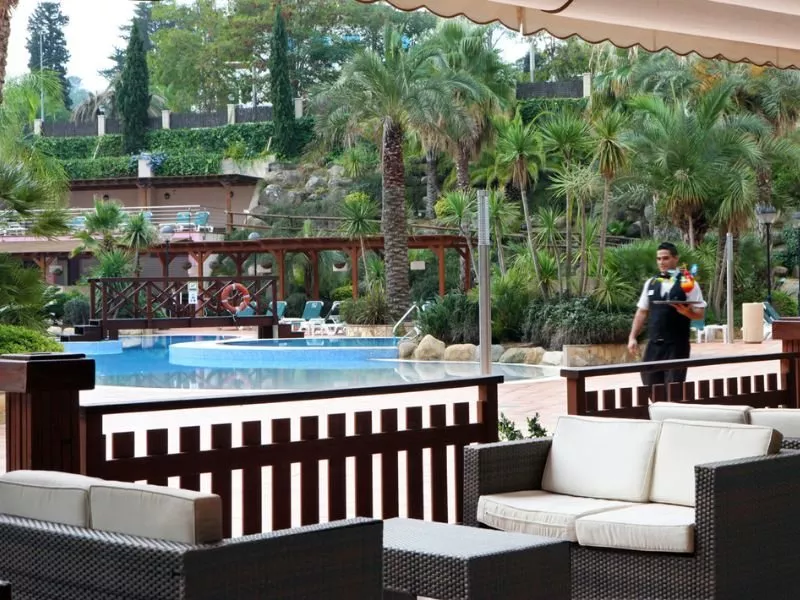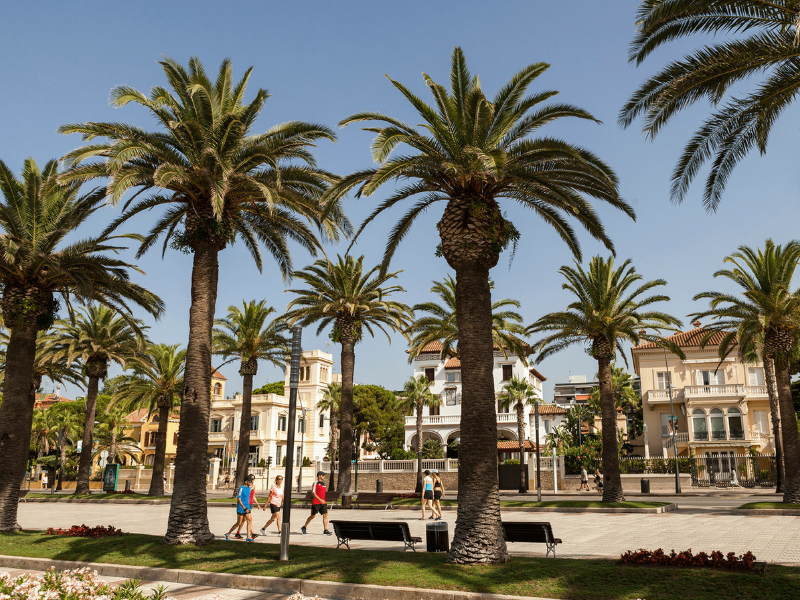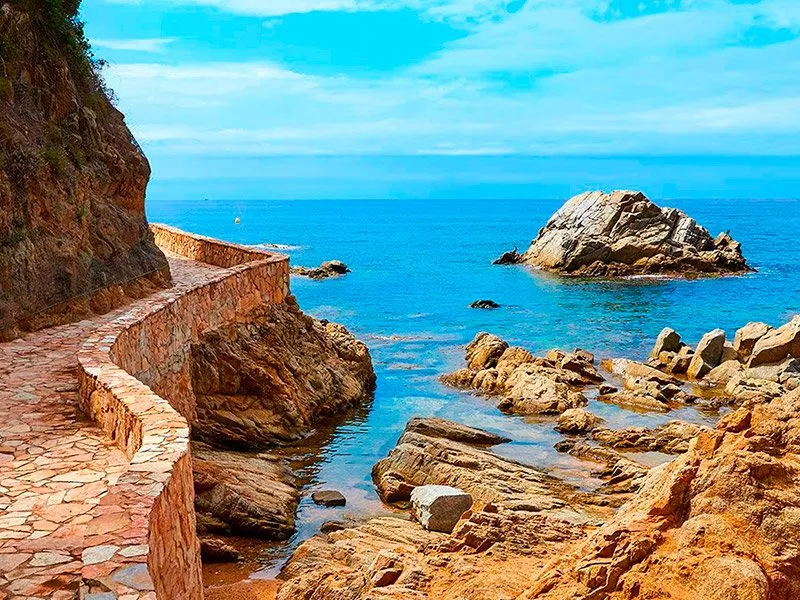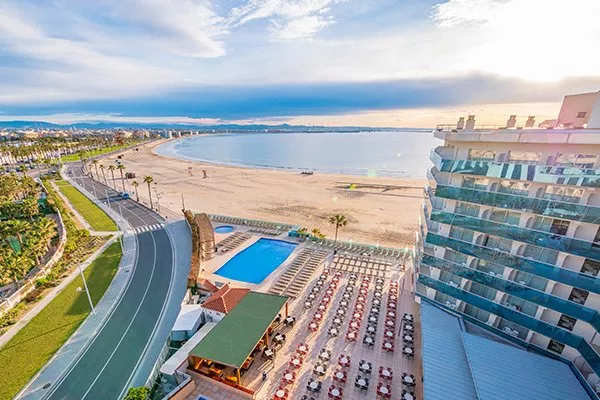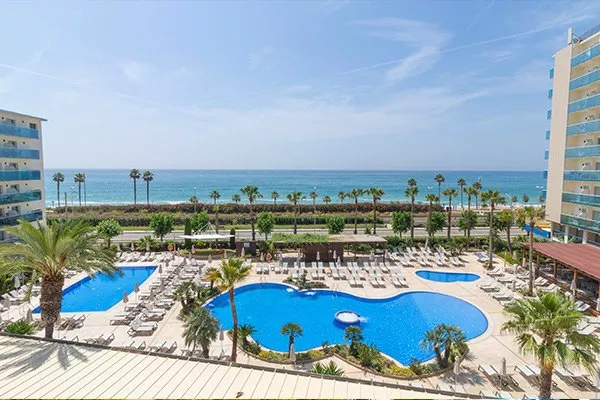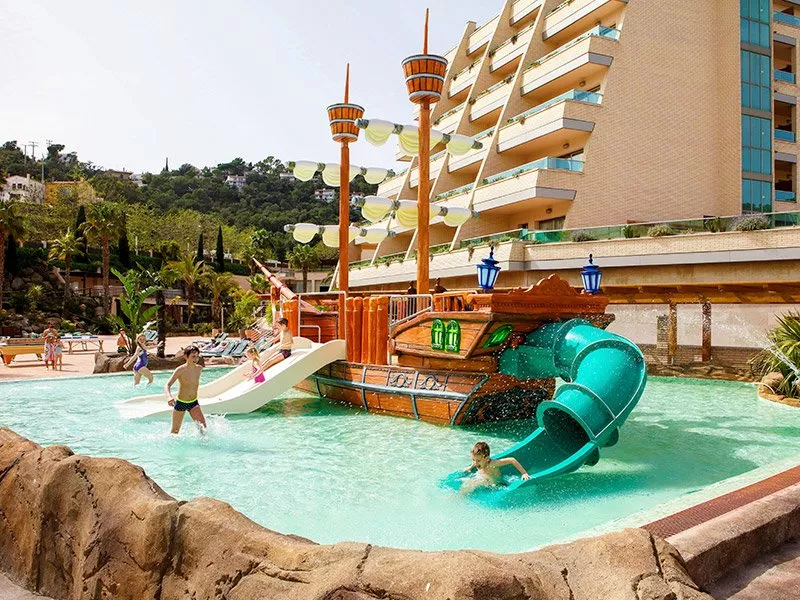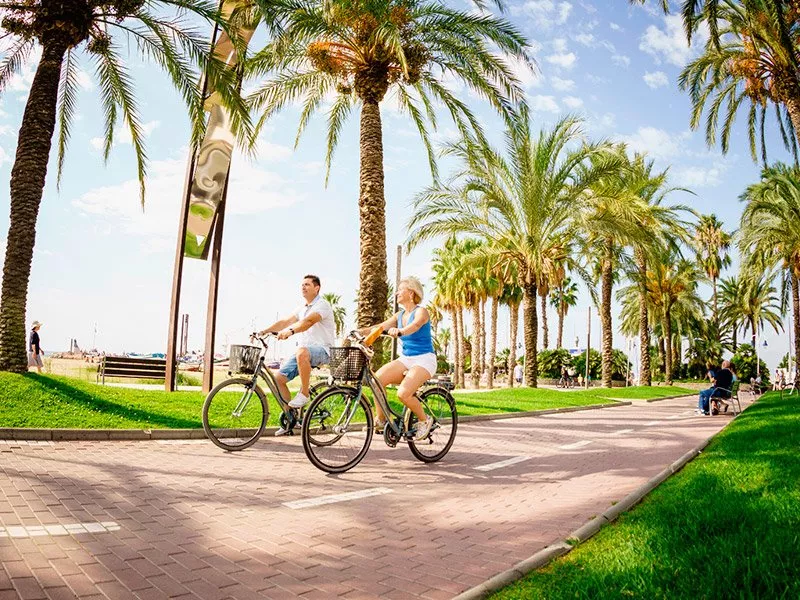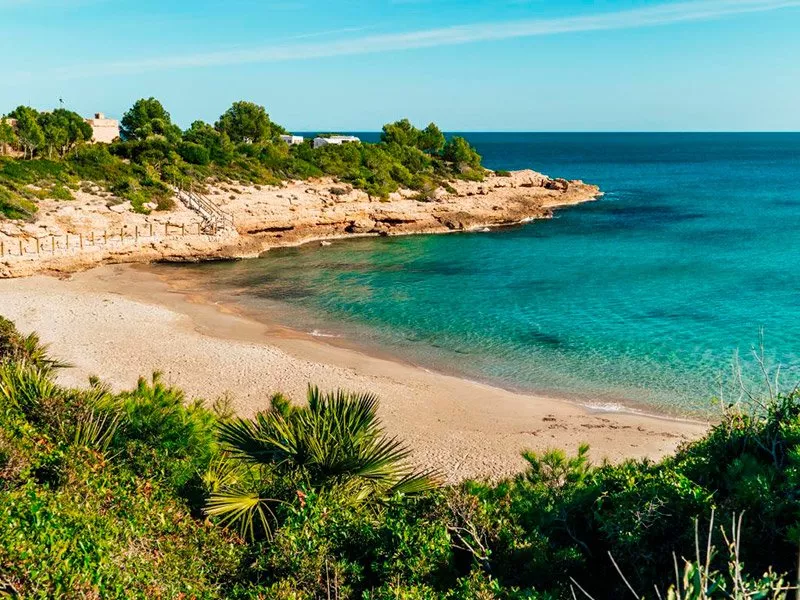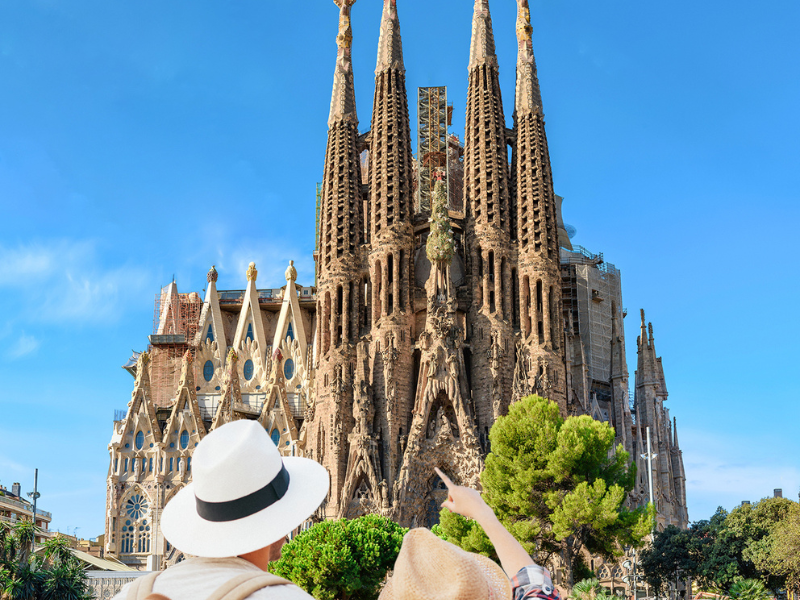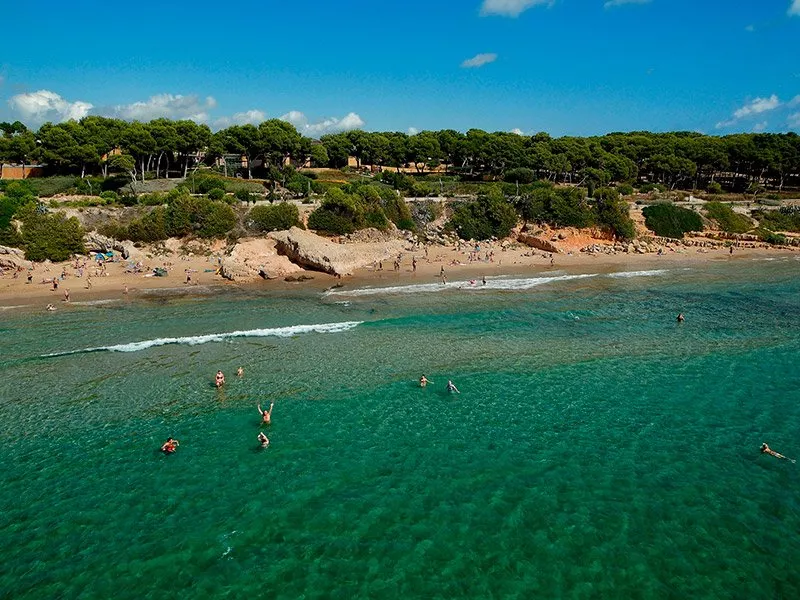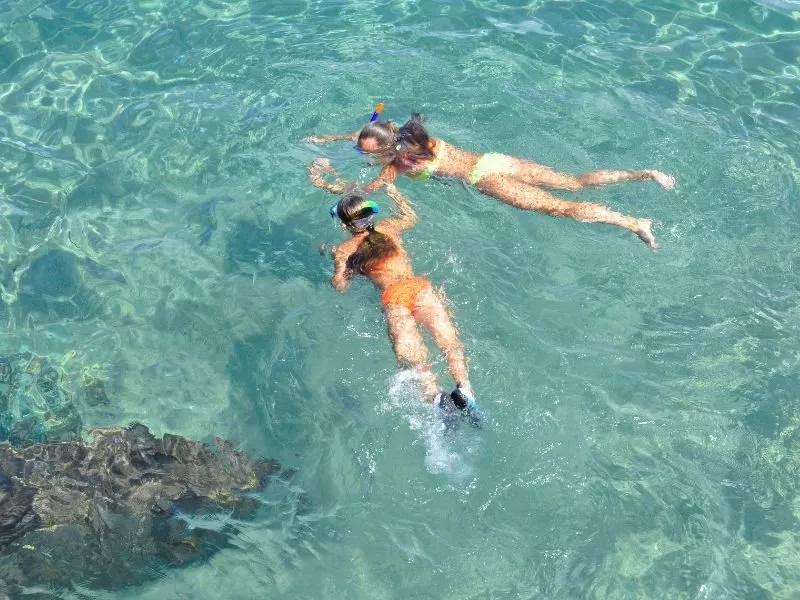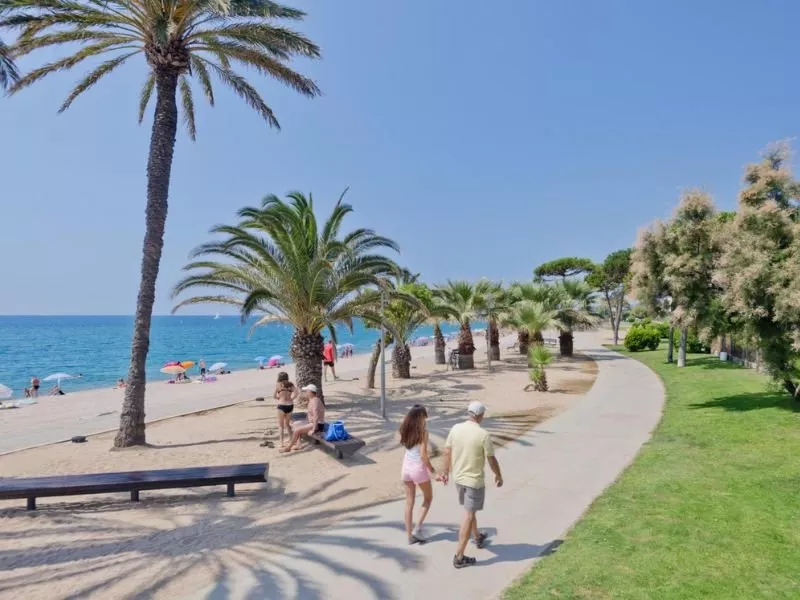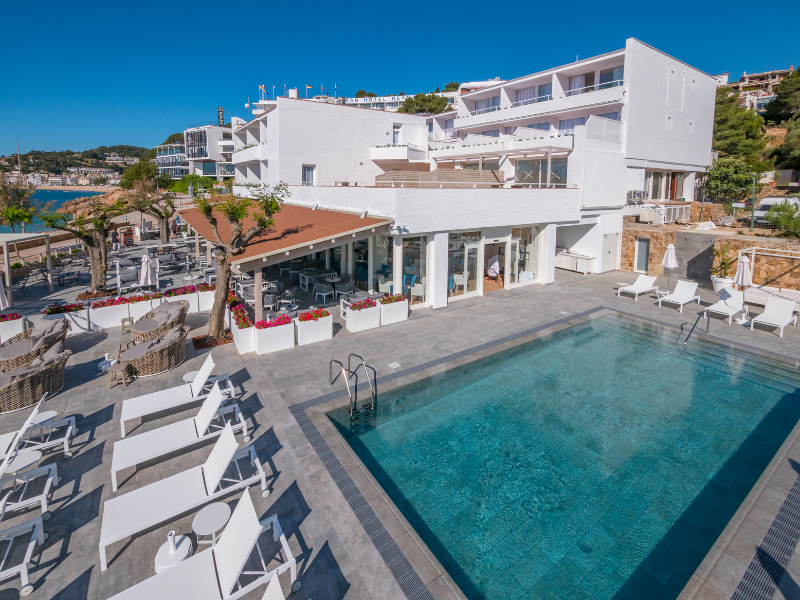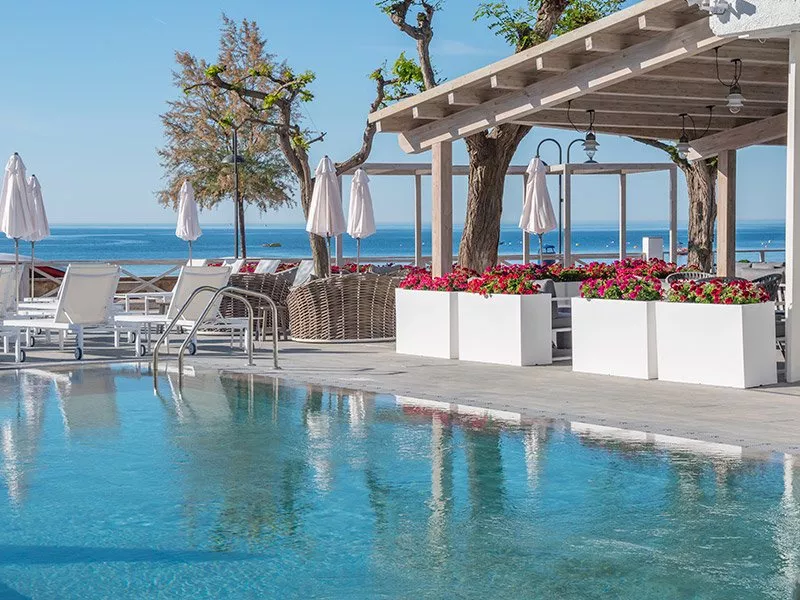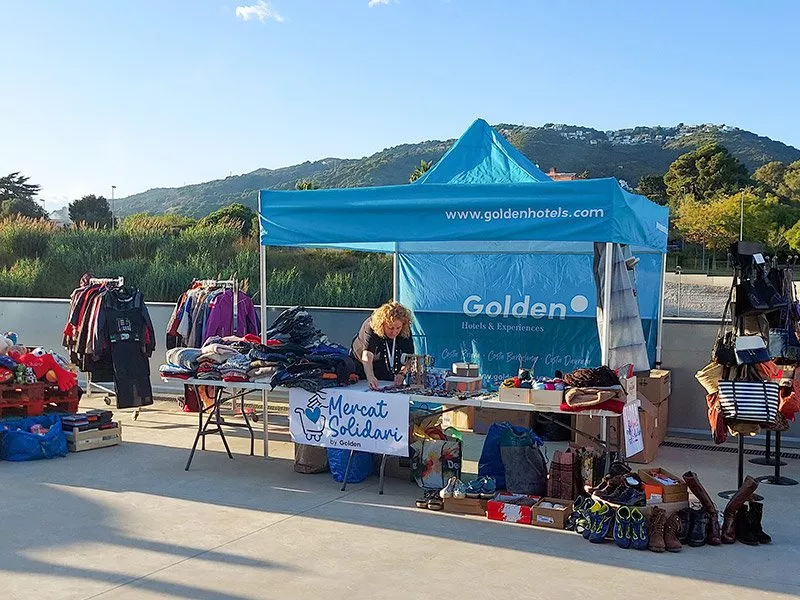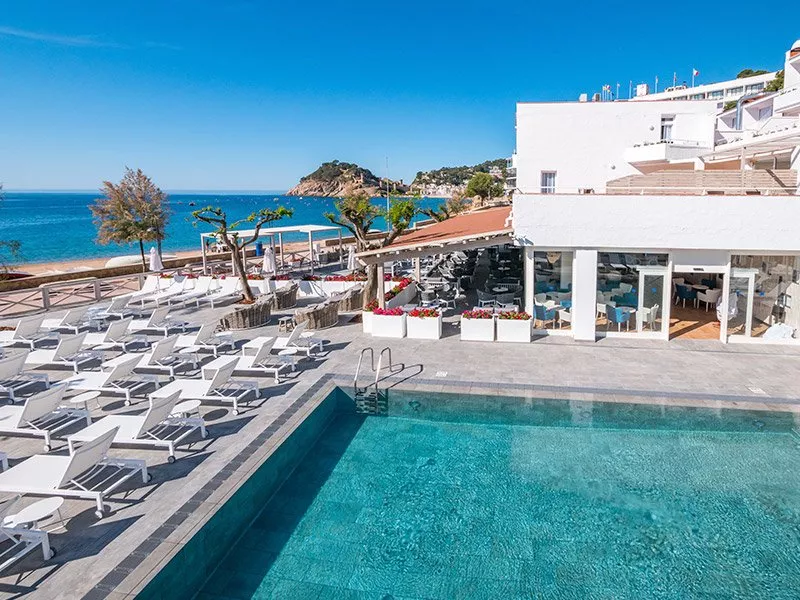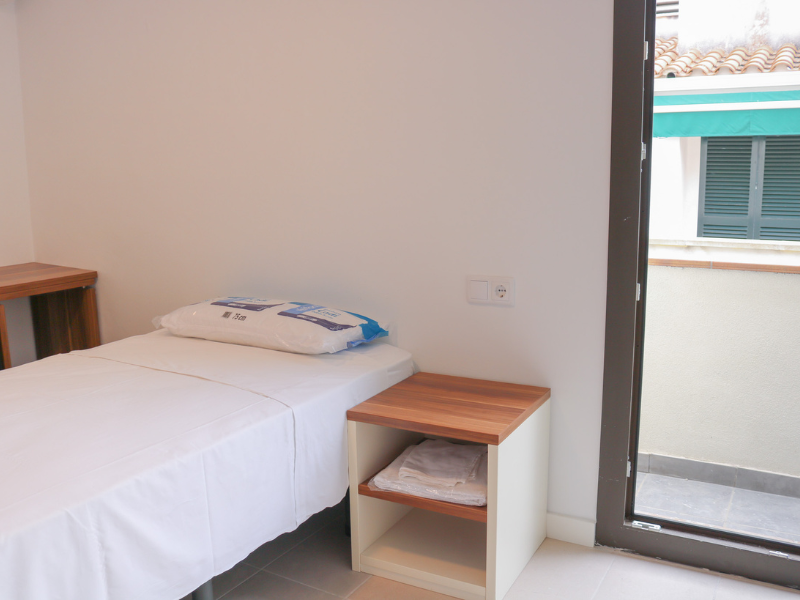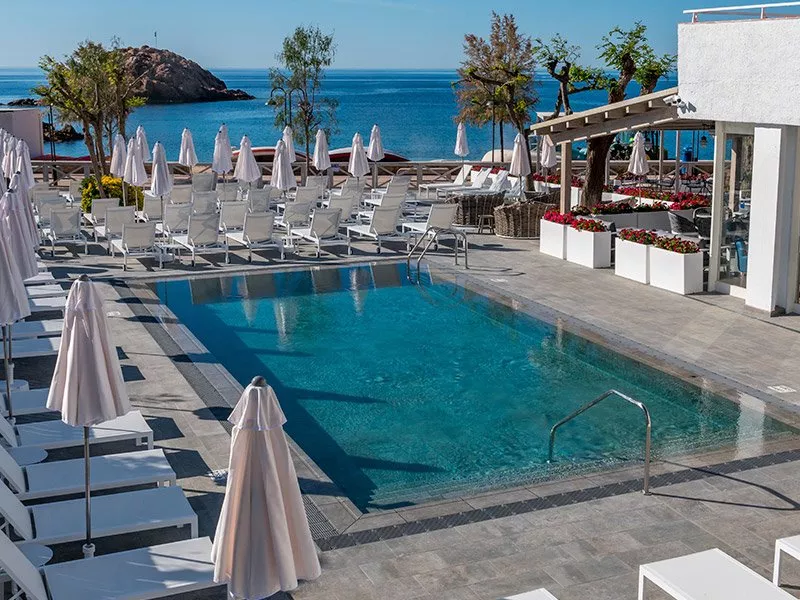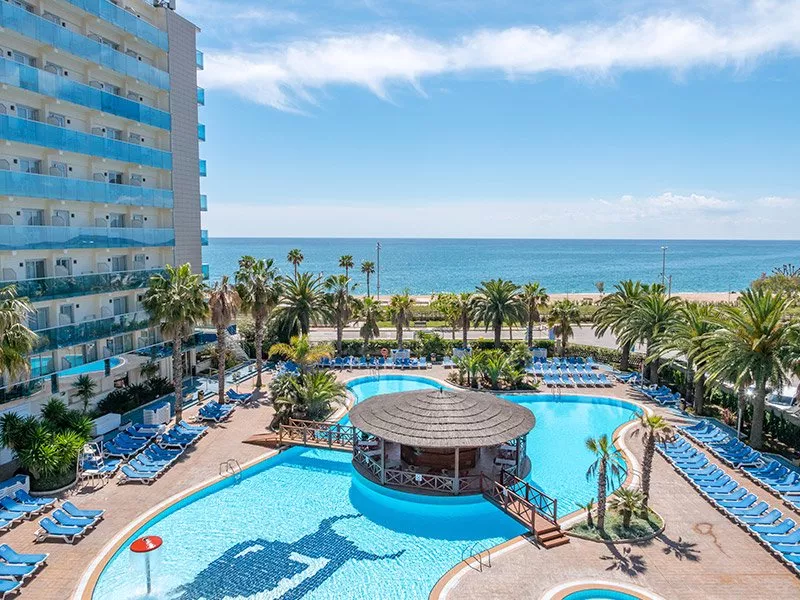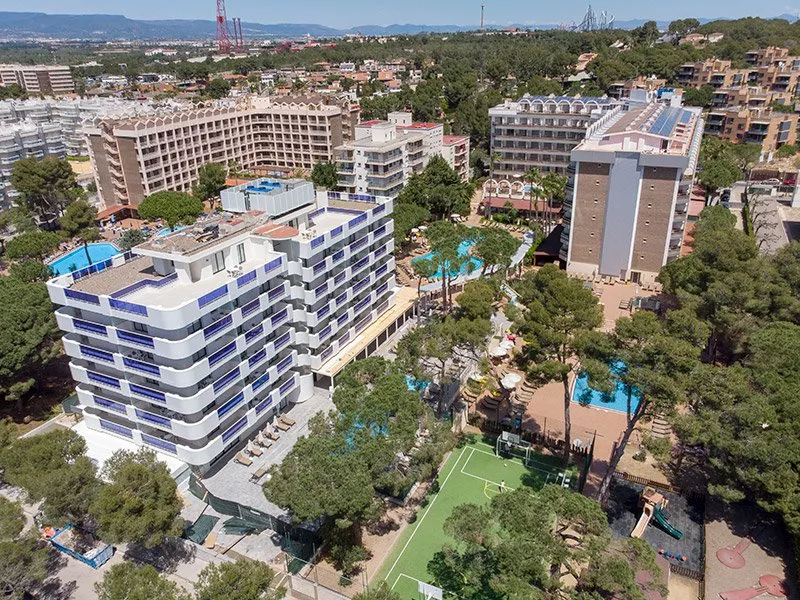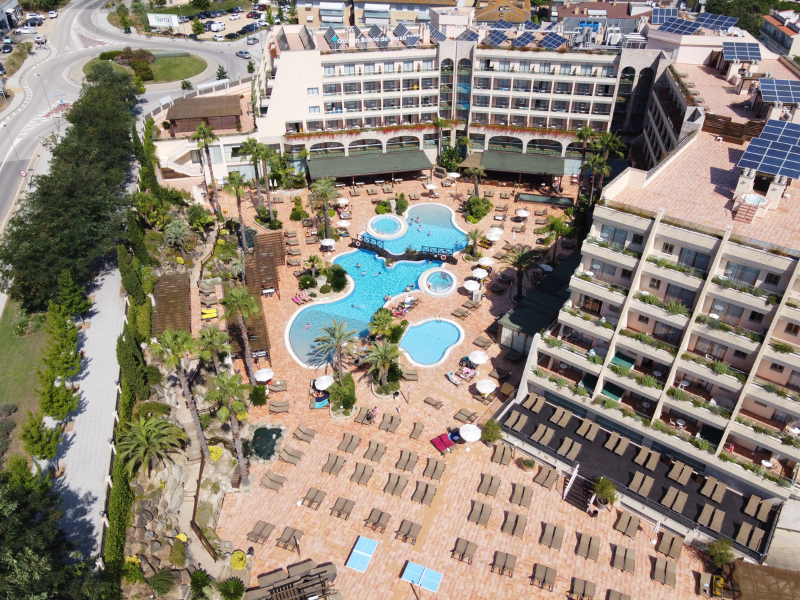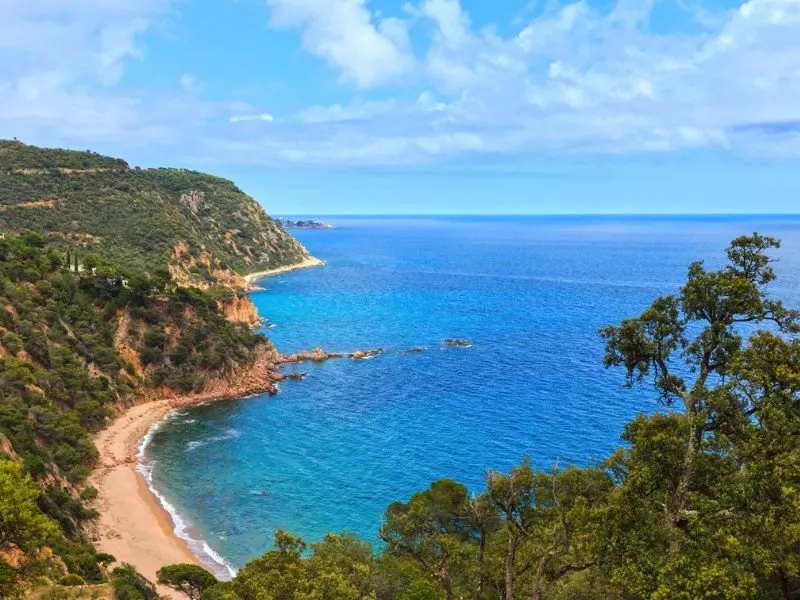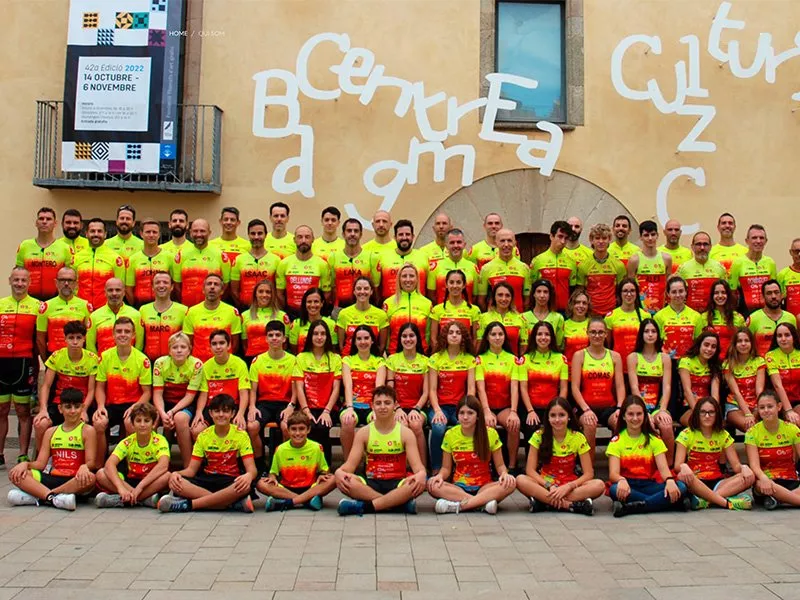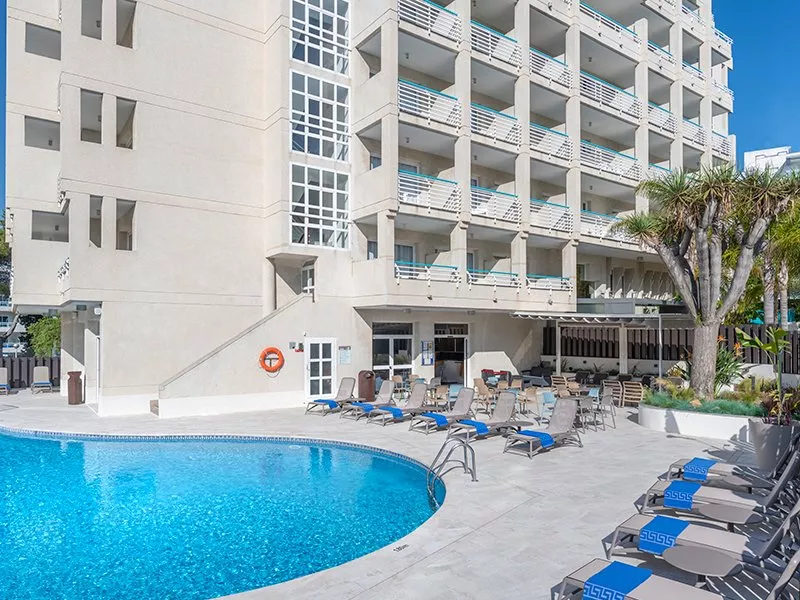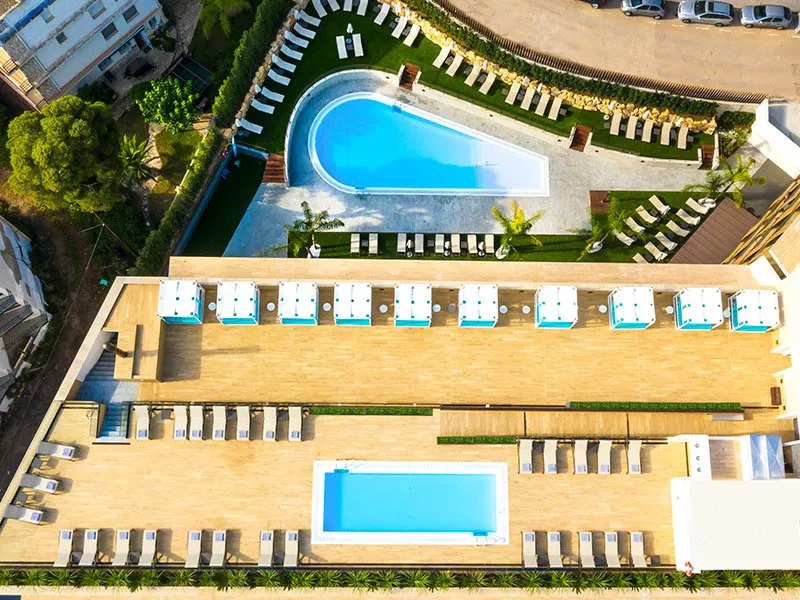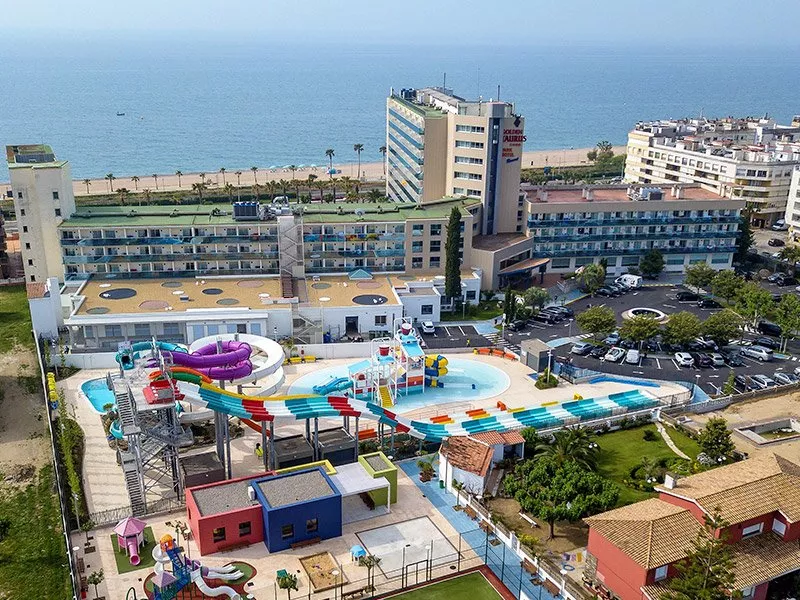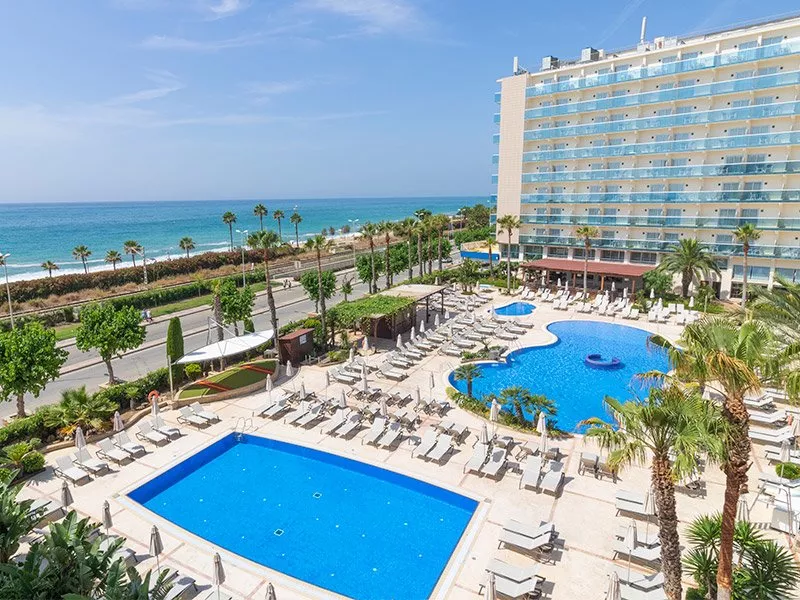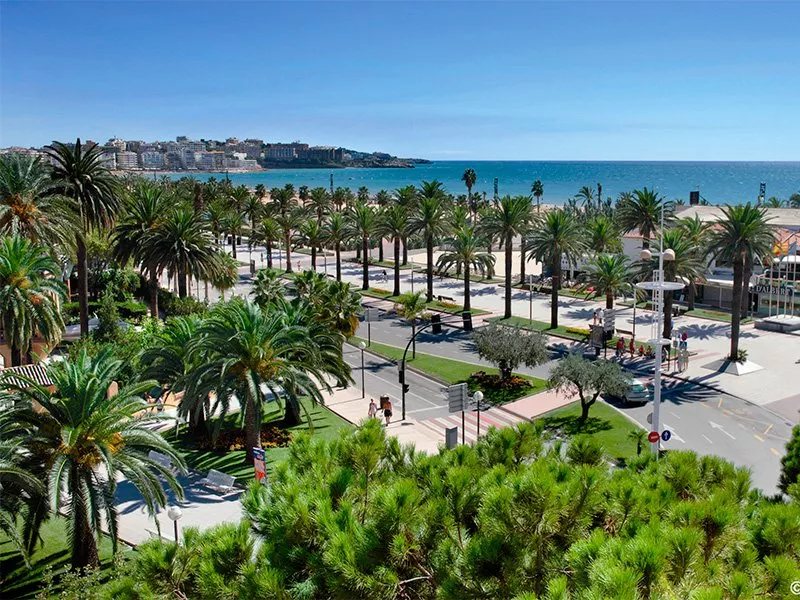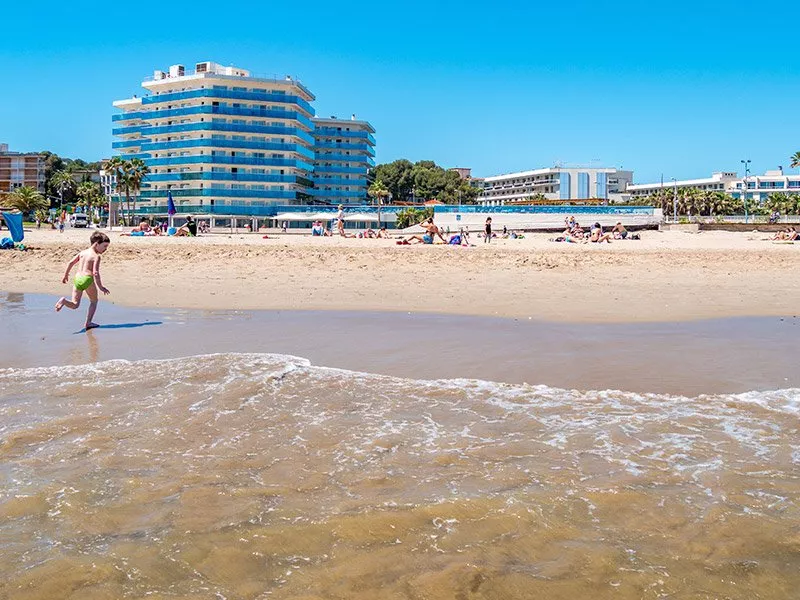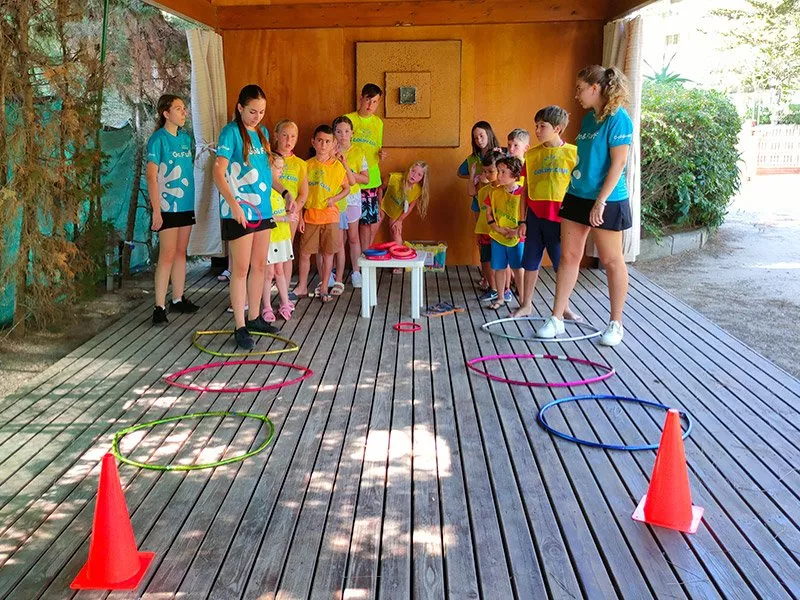Discover the natural beauty of the Costa Brava and the Costa Daurada through the Camino de Ronda
Given the doubts this summer when deciding on vacations, a nearby destination that allows contact with nature and the outdoors has many points in its favor. If it also offers spectacular landscapes, hidden coves with transparent waters and a peculiar history, much better. Escape and come to discover the coastal path of the Costa Brava i Daurada.
It is a historical path that was born more than a thousand years ago to communicate the different towns of the coast, its beaches and its coves. The name of the coastal path came during the 19th and 20th centuries, because it was the path used by the police and the Civil Guard to carry out their surveillance rounds and control the smuggling and black market activities that took place on the coast.
Discover the most authentic and virgin Costa Brava hiking along the Camino de Ronda.
Currently, this route is a beautiful path between the towns of Blanes and Portbou, suitable for almost all knees, and which allows you to combine charming paths, spectacular views and, why not, dips in idyllic coves. In any case, there are some sections that are difficult, since they have numerous ups and downs.
One of the most spectacular parts of the entire coastal path is the one that runs between Sant Feliu de Guíxols and Begur. The walker will find himself admiring the blue of the sea while his footsteps raise the aroma of thyme and rosemary that grows between the rocks.
Although it is not a highly difficult route, you must wear technical footwear for hiking, no beach flip-flops if you do not want to destroy your feet and knees.
Camí de Ronda Tossa de Mar
From Tossa de Mar, the Camino de Ronda passes through beautiful coves and virgin pine forests typical of the Mediterranean until it reaches Sant Feliu de Guíxols to the north (21 km) passing through Cala Bona, Cala Pola or Cala Giverola, or to the south, towards Lloret de Mar (14 km) passing through Cala Es Codolar. Always marked with white and red stripes, the GR 92 coincides with the layout of the Ruta de la Ardenya, a circular route 98 km long that connects the various spaces and towns that make up the Ardenya Cadiretes massif.
The surprising coves of the Costa Daurada
There are also numerous coves on the Costa Daurada, with the same charm as those of the Costa Brava. The only difference is that here the blue of the sea has those golden tones that give this piece of coast its name, instead of the dark blue, almost black, of the sea on the Costa Brava.
One of the most beautiful and at the same time affordable routes is the one that runs along the route between the castle of Tamarit and the city of Tarragona. It is a fragment of the coastal path, one of those historical routes that were opened over the centuries to communicate the coastal towns and help in common defense.
Bathing in front of a golden cliff
Fonda cove, also known as Waikiki beach, is another of the pearls of the route, and to access it there is a steep, but manageable path. It is a wild, nudist beach, where, while you bathe, you can admire the high multicolored rock wall that closes it off from the winds and gazes. At sunset the golden tones of the wall and the sea that caresses it multiply.
Camino de Ronda in Salou
The 6.5 kilometer path runs along the coastline from the Pilons area to the Lighthouse in Cap Salou (Cabo de Salou). The route consists of 2 sections: from Pilons to Replanells (2 km) the path is fully enabled and from Replanells to the Lighthouse (4.5 km) a natural path, not fully conditioned.
Passing through the Camino de Ronda discovers the great natural and scenic wealth of the area. In addition to the different panoramic views that can be discovered along the way, the path runs through beaches and coves, becoming a different way of discovering the Cap Salou area. From Pilons, the path heads south and passes Capellans beach, where you can see the remains of the old lazaretto, built in 1829. The route continues along Llenguadets cove, from where you can see the bunkers built during the Civil War Civil. The last section corresponds to the Llarga beach, a natural environment and far from the tourist area.
Although the path reaches a maximum height of 77 meters above sea level, with sections that are slightly difficult, most of the route is practicable for everyone.
Discover the natural beauty of the Costa Brava and the Costa Daurada through the Camino de Ronda. If you are looking for a nearby vacation that allows you to be in contact with nature and the fresh air, this destination has many advantages in its favor. But that is not all! By booking through our official website, you can ensure the best price and the best conditions. Do not wait any longer, escape and come to know the Camino de Ronda of the Costa Brava and Daurada!
Tags
Costa Brava, Costa Dorada, coastal path, excursion through the Mediterranean